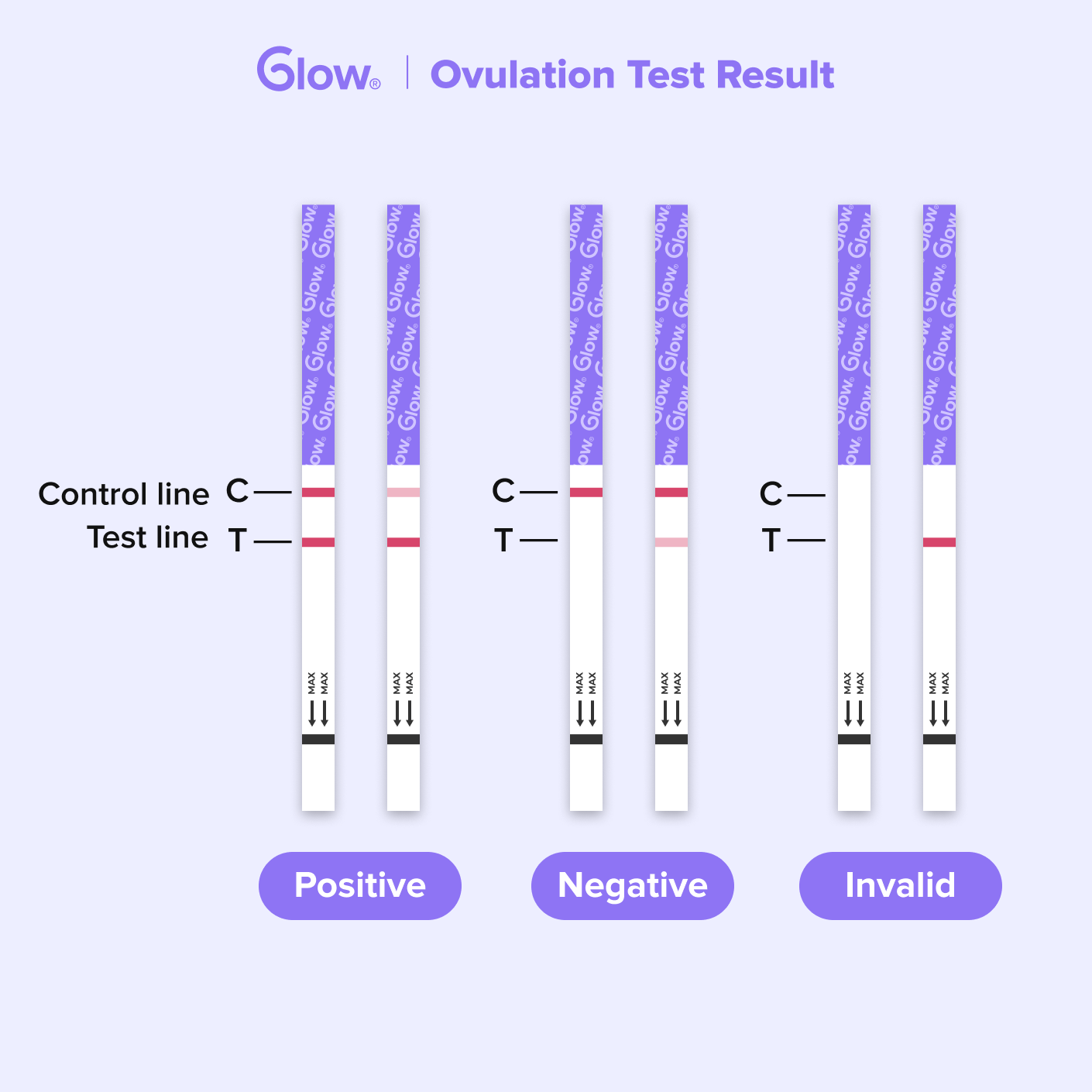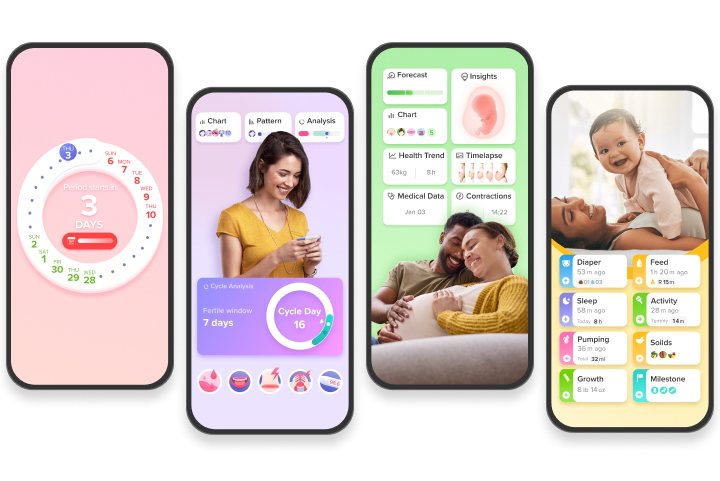Reading pregnancy test (hCG) results is often straightforward—any second line, whether faint or dark, is considered a positive indication of pregnancy. However, interpreting the ovulation results can sometimes be confusing, especially when a faint line appears.

Understanding How Ovulation Tests Work
Ovulation tests, also known as ovulation predictor kits (OPKs), are similar in design to pregnancy tests. They come with a test strip or a digital reader that detects the presence of LH in your urine. The presence of this hormone indicates that ovulation is likely to occur soon.
When you take an ovulation test, two lines can appear:
- Control Line: This line indicates that the test is working correctly.
- Test Line: This line shows the presence of LH in your urine.
For the test to be considered positive, the test line must be as dark as or darker than the control line. A faint test line often leads to confusion and raises the question: Am I about to ovulate or not?

What Does a Faint Line Mean?
A faint line on an ovulation test usually indicates one of the following scenarios:
- Low LH Levels: A faint line typically suggests that the LH levels in your urine are still low. This could mean that you are not close to ovulating yet. The LH surge is usually very rapid, so it is common to have low levels of LH in the days leading up to the surge.
- Testing Too Early: If you start testing too early in your cycle, you might consistently get faint lines. It’s important to follow the instructions on the test kit regarding when to start testing. For women with regular cycles, it is often recommended to begin testing around day 10 of the cycle (day 1 being the first day of menstruation).
- Inconsistent Testing: LH levels can fluctuate throughout the day. For the most accurate results, it’s recommended to test between 10 a.m. and 8 p.m., and to test at the same time each day. Many women find that testing in the early afternoon yields the most reliable results.
- Diluted Urine: Drinking a lot of fluids before taking the test can dilute your urine and lead to a faint line. It’s advisable to reduce liquid intake for about two hours before testing to ensure a more concentrated urine sample.
How to Ensure Accurate Results
To get the most accurate reading from your ovulation test, consider the following tips:
- Follow Instructions: Carefully read and follow the instructions provided with your ovulation test kit.
- Track Your Cycle: Keep track of your menstrual cycle to determine the best time to start testing. Apps and calendars can help you predict your fertile window.
- Test Consistently: Test at the same time each day and avoid excessive fluid intake before testing.
- Use Multiple Tests: Since LH levels can surge quickly, testing more than once a day as you approach your expected ovulation can help ensure you catch the peak.
When to Seek Medical Advice
If you consistently get faint lines and have been trying to conceive for a while without success, it might be a good idea to consult with a healthcare provider. They can provide further insights and possibly conduct additional tests to ensure everything is functioning correctly.
Summary
A faint line on an ovulation test usually indicates that the LH levels are not yet high enough to predict ovulation. It is important to test consistently and at the appropriate times to get the most accurate results. Understanding how to interpret these tests correctly can help you better understand your cycle and improve your chances of conception. If you have any concerns or persistent issues with interpreting your ovulation tests, seeking advice from a healthcare professional is always a good step.
For more questions about ovulation tests, see Ovulation Test 101.




